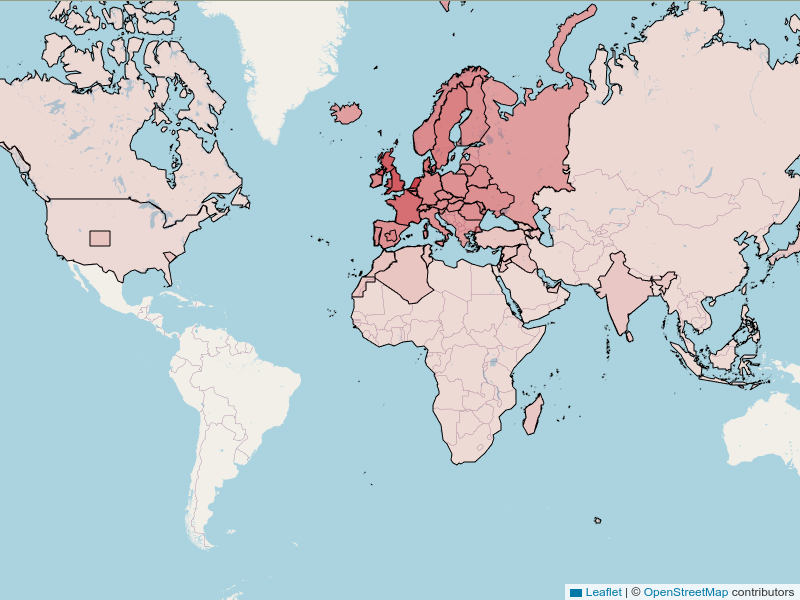Version 0.7.9 of Citation.js comes with a new feature: plugin-bibtex now supports the import and export of Data Annotations in BibLaTeX files. This means ORCID identifiers from DOI, Wikidata, CFF, and other sources can now be exported to BibLaTeX. Combined with a BibLaTeX style that displays ORCID identifiers, you can now quickly improve your reference lists with ORCIDs.

On the Fediverse, @petrichor@digipres.club posited the question how to include identifiers for authors in Bib(La)TeX-based bibliographies: I have wanted to try including ORCIDs in bibliographies for a while now, and while CSL-JSON makes it nearly trivial to encode, neither CSL styles nor CSL processors are at the point where those can actually be inserted in the formatted bibliography.

Today I worked on three user scripts for Wikidata. Together, these tools hopefully make the data in Wikidata more accessible and make it easier to navigate between items. To enable these, include one or more of the following lines in your common.js (depending on which script(s) you want): mw.loader.load('//www.wikidata.org/w/index.php?title=User:Lagewi/properties.js&oldid=2039401177&action=raw&ctype=text/javascript');

This past year was relatively quiet for Citation.js, as changes to the more prominent components (BibTeX, RIS, Wikidata) start to slow down. I believe this is a good sign, and that it indicates the quality of the mappings is high. Nonetheless, following the reworks of BibTeX and RIS in the past couple of years, some room for improvement still came up. Tytthaspis sedecimpunctata , observed May 9th, 2021, Sint-Oedenrode, The Netherlands.

Working on translating a key to the European shield bug nymphs (Puchkov, 1961) I thought I would look for pictures of the earlier life stages (nymphs, Fig. 1) of shield bugs (Pentatomoidea) on iNaturalist and found few observations actually had the life stage annotation.

Ever since I found out about Structured Descriptive Data (SDD) I keep coming back to it. Right now I am planning to make two identification keys, one translated and modernized from a 1961 publication for which I have not found a good alternative, and one completely de novo (well, nearly). In both cases, I started writing out the key in a word processor with a numbered list and tabs and manual alignment etc., but in both cases that

Last november I wrote a blog post about how to model the taxonomic coverage of identification keys. I wanted to model this coverage to be able to determine to what extent an identification key applies to a given observation or specimen, for use in my Library of Identification Resources project. For the same project I also find it useful to be able to archive identification keys.

Following up on the previous two updates this year ( Version 0.5 and a 2022 update and Version 0.6: CSL v1.0.2 ), here are some updates from the second half of 2022, as well as some statistics. Sapygina decemguttata , a small wasp, observed July 8th, 2021 Changes The mappings of the Wikidata plugin were updated, especially to accomodate for software. The default-locale setting of some CSL styles is now respected.

The website of the Library of Identification Resources has a new feature: a map view. The resources in the catalog are associated with a geographic scope to approximate which species in a taxonomic group can be identified. These geographic scopes are usually countries or continents but can also be subdivisions within countries, multinational ecological regions like mountain ranges, and biogeographical realms.

The main feature of the Library of Identification Resources is the description of the identification key (or matrix, reference, etc.). This description should on its basis specify when the key can or should be used.
